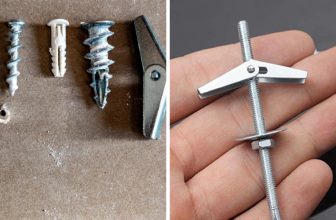How to Insulate Ceiling Without Attic
One of the most common home improvement projects is insulating the ceiling. This is because a well-insulated ceiling can improve energy efficiency, reduce noise pollution and create a more comfortable living space. However, not all homes have an attic to work with when it comes to insulation.
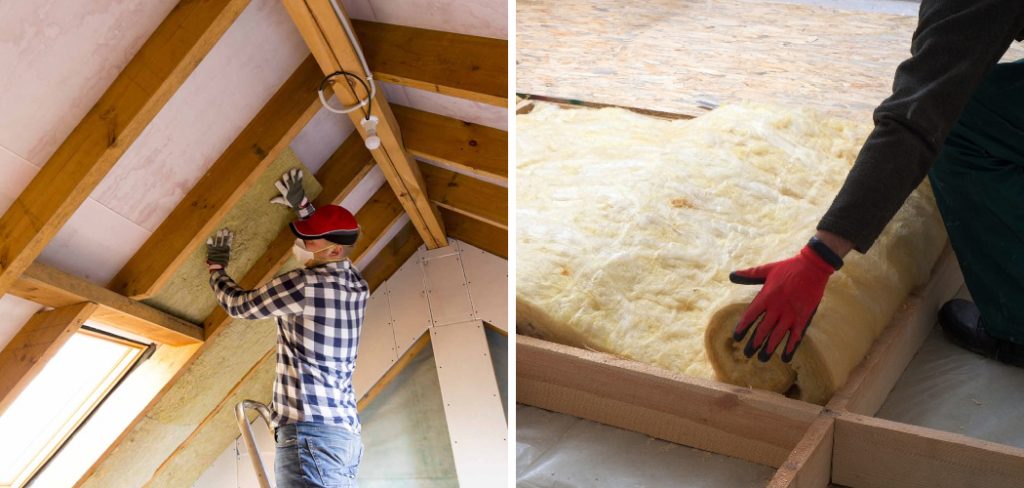
The main advantage of insulating a ceiling without an attic is convenience. With no attic to access, you won’t have to worry about the time and effort required to navigate through a cramped and often dusty space. This also means there will be less disruption to your daily routine during the insulation process. Read this blog post to learn how to insulate ceiling without attic.
Tools You Will Need
- Measuring tape
- Utility knife
- Safety goggles
- Dust mask
- Caulk gun
- Expanding foam spray
- Fiberglass or cellulose insulation
- Rigid foam board insulation
- Staple gun and staples
- Ladder
Step by Step Processes for How to Insulate Ceiling Without Attic
Step 1: Inspect the Ceiling
Before beginning the insulation process, it is important to inspect the ceiling for any signs of damage. Look out for cracks, leaks, or moisture as these can affect the performance and longevity of your insulation.
Step 2: Determine the Type of Insulation
There are various types of insulation available in the market such as fiberglass, cellulose, spray foam, and more. Each type has its own advantages and disadvantages, so it is important to determine which one best suits your needs.
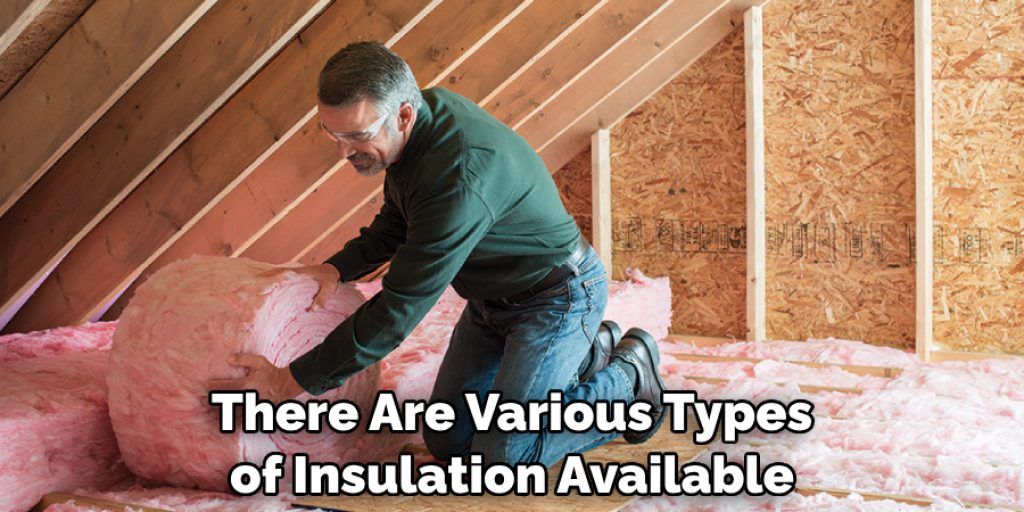
Step 3: Calculate the Required Insulation
To ensure maximum efficiency and cost-effectiveness, you need to calculate the amount of insulation needed for your ceiling. This can be done by measuring the area of your ceiling and consulting with an expert or using a measurement calculator.
Step 4: Gather the Necessary Tools and Materials
Once you have determined the type and amount of insulation needed, it is time to gather all the necessary tools and materials. These may include safety gear, cutting tools, tape measure, insulation material, and more depending on your chosen type of insulation.
Step 5: Prepare the Ceiling
Before installing the insulation, make sure to clean the ceiling and remove any debris or obstructions. This will ensure a smooth and even application of the insulation material. To prevent air leakage and improve the overall effectiveness of your insulation, it is recommended to install an air barrier such as polyethylene sheeting or spray foam before installing the insulation.
Step 6: Install the Insulation
Following the instructions on your chosen insulation material, begin installing it in the ceiling. This may involve cutting the material to fit in between joists or using a blower machine for loose-fill insulation. Once the insulation is installed, make sure to seal any gaps or cracks with caulk or foam sealant. This will prevent air leakage and ensure the insulation is working at its maximum efficiency.
Step 7: Install Vapor Barrier
If your chosen insulation material requires a vapor barrier, install it according to the manufacturer’s instructions. This will help prevent moisture buildup and damage to the insulation.
After completing the installation, clean up any debris and properly dispose of any unused insulation material. It is also important to regularly inspect and maintain the insulation to ensure it continues to work effectively.
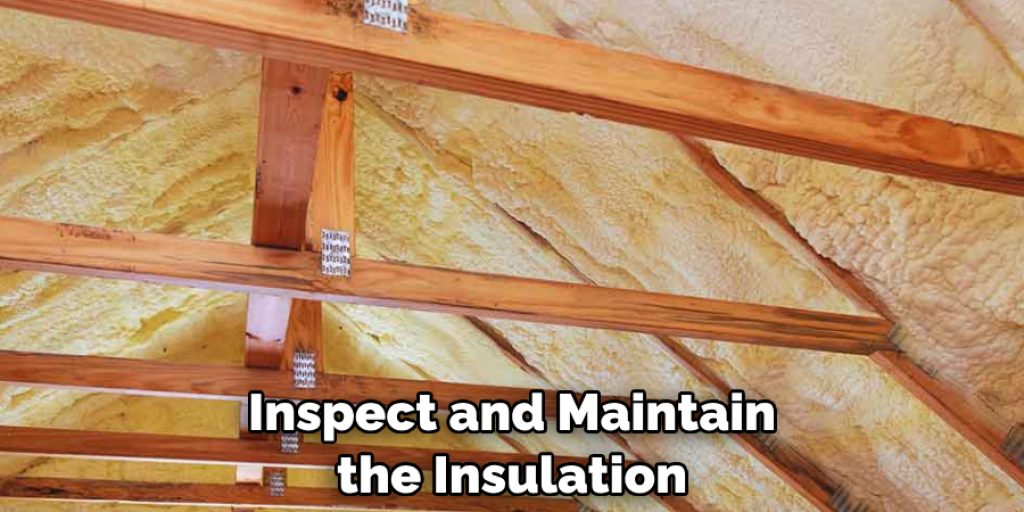
Safety Tips for How to Insulate Ceiling Without Attic
- Before you begin to insulate your ceiling without an attic, it is important to wear protective gear such as gloves, goggles, and a dust mask. This will protect you from coming into contact with any potentially harmful materials or irritants.
- It is crucial to ensure that the area where you will be insulating is well-ventilated. Open windows and doors to allow for proper airflow and prevent any buildup of fumes or dust.
- If you are using a spray foam insulation, make sure to read and follow the manufacturer’s instructions carefully. It is important to use it in a well-ventilated area and avoid direct contact with your skin.
- If you are using batt or roll insulation, make sure to wear a long-sleeved shirt, pants, and closed-toe shoes to protect your skin from any fibers. It is also recommended to wear a dust mask and goggles.
- Be cautious when working with electrical wiring in the ceiling. Make sure to turn off the power before starting any work and do not cover or obstruct any electrical fixtures or outlets.
- If you are using blown-in insulation, make sure to cover your nose and mouth with a dust mask to avoid inhaling any fibers.
- Keep children and pets away from the work area, as well as any tools or materials. It is important to ensure their safety and prevent any accidents.
Insulating your ceiling without an attic can be a challenging task, but by following these safety tips and taking proper precautions, you can complete the job safely and effectively. Remember to also consult with a professional if you are unsure about any steps or materials used in the process.
How Can You Ensure Proper Ventilation After Insulating a Ceiling Without an Attic?
When it comes to insulating a ceiling without an attic, one of the biggest concerns is proper ventilation. Without an attic to serve as a buffer, heat and moisture can easily become trapped in the space between the ceiling and roof, causing issues such as mold growth, rotting wood, and reduced energy efficiency. Here are a few tips to keep in mind:
1. Choose the Right Type of Insulation
There are various types of insulation available, each with their own properties and levels of permeability for air and moisture. When insulating a ceiling without an attic, it’s important to choose insulation that allows for proper airflow while still providing effective thermal protection.
2. Install a Vapor Barrier
A vapor barrier is a thin layer of material that helps to control the movement of moisture. It is typically installed on the warm side of insulation, which in this case would be against the underside of the roof. This will help prevent moisture from getting trapped and causing issues such as mold growth.
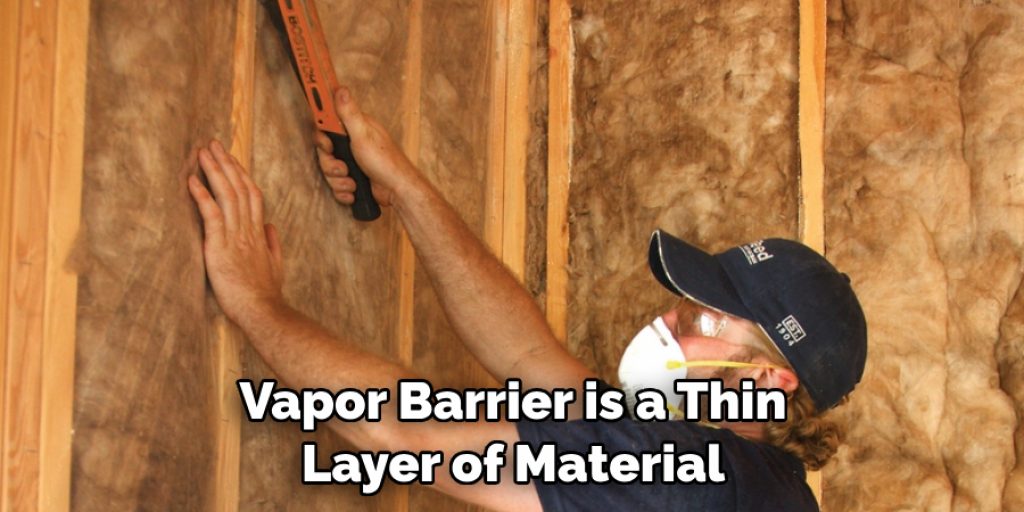
3. Use Baffles or Vents
To ensure proper ventilation, consider installing baffles or vents along the eaves of the roof. These will allow air to flow in from the outside and circulate within the space between the ceiling and roof, preventing moisture buildup.
4. Consider a Ventilation Fan
In some cases, it may be necessary to install a ventilation fan to help move air in and out of the space between the ceiling and roof. This can be especially beneficial in areas with high levels of humidity.
By following these tips, you can ensure proper ventilation after insulating a ceiling without an attic. It’s important to remember that while insulation is crucial for maintaining comfortable indoor temperatures, proper ventilation is equally important for the health and longevity of your home.
What Are the Potential Cost Savings of Insulating a Ceiling Without an Attic?
If you’re looking to insulate your ceiling but don’t have an attic, you may be wondering about the cost savings compared to traditional methods. Insulating a ceiling without an attic can actually save you money in the long run, making it a smart choice for many homeowners. One of the main benefits of insulating a ceiling without an attic is the reduced energy costs.
By properly insulating your ceiling, you can prevent heat from escaping during the winter and keep cool air in during the summer. This means that your heating and cooling systems won’t have to work as hard to maintain a comfortable temperature, resulting in lower energy bills.
In addition to saving on energy costs, insulating a ceiling without an attic can also save you money on installation. Traditional attic insulation methods can be time-consuming and may require the help of a professional.
However, insulating a ceiling without an attic can often be done as a DIY project with materials that are more affordable. Another way to save money when insulating a ceiling without an attic is by choosing the right type of insulation. Blown-in cellulose or fiberglass insulation is typically less expensive than other types of insulation, making it a budget-friendly option for homeowners.
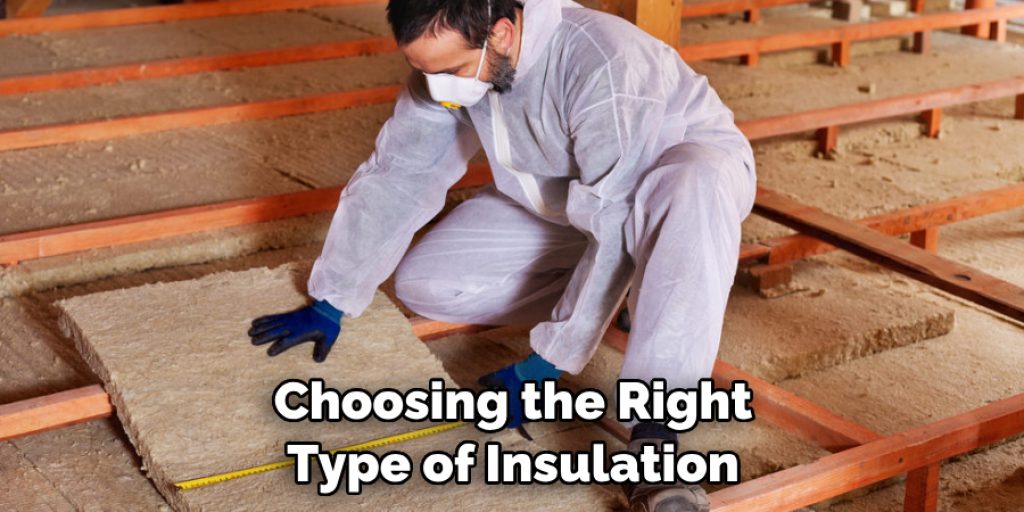
Conclusion
In conclusion, insulating a ceiling without an attic requires careful planning and consideration. While the process may seem daunting, there are several methods available that can effectively insulate your ceiling and provide the same benefits as a traditional attic insulation. This can lead to mold growth and damage to your ceiling and insulation. To prevent this, it is important to properly ventilate the space and choose a moisture-resistant insulation material.
However, with proper installation and maintenance, insulating a ceiling without an attic can still provide significant benefits such as improved indoor air quality, noise reduction, and increased comfort. It is important to consult with a professional to determine the best method for your specific home and needs.
I hope this article has been beneficial for learning how to insulate ceiling without attic. Make Sure the precautionary measures are followed chronologically.

